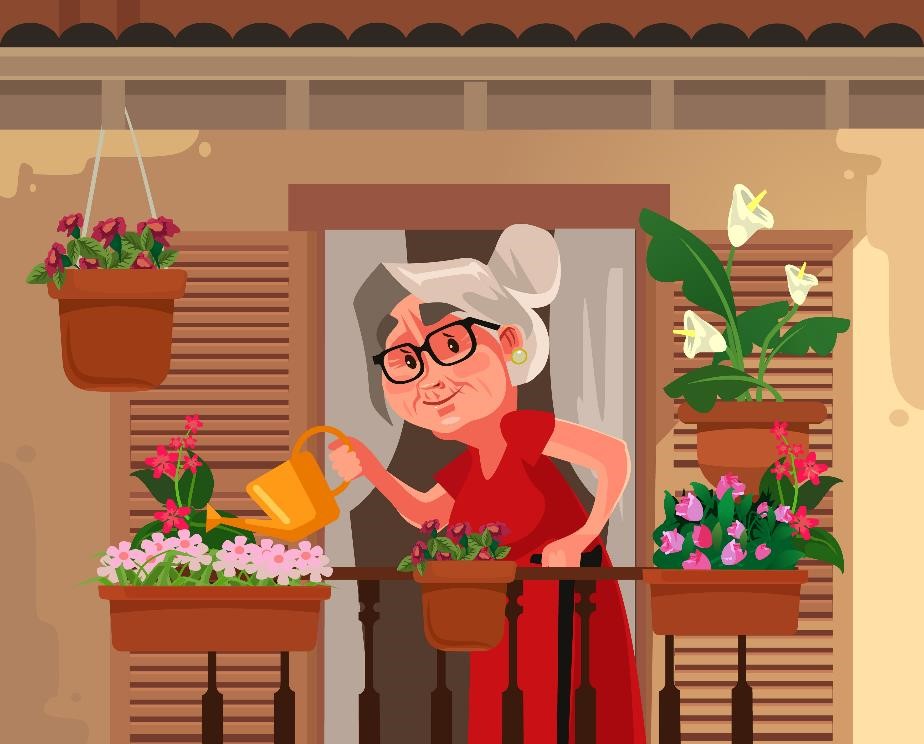If you lack the space or soil for a conventional vegetable garden, there’s still hope. A container garden is often the answer for anyone with limited access to green space. Just in time for spring, our team at Jobe’s Organics is here to help you get started with your vegetable gardening project!
Contain Yourself
Most veggies grow well in container gardens. Bush and dwarf varieties take up less space, but full-size vegetables are still an option. Growing requirements vary by plant size, so a little planning is in order. Window boxes can accommodate herbs, and many gardeners grow cherry tomatoes, herbs and strawberries in hanging baskets. Or try these other container options:
- planters
- half-barrels
- large flowerpots
- five-gallon buckets
- plastic-lined bushel baskets
Avoid using treated wood to prevent chemicals from seeping into your vegetables. Plastic holds moisture well, but avoid black pots because they retain heat. If you don’t like the look of a plastic container, place it inside a more attractive pot. Consider buying wire cages to protect cucumbers, tomatoes, and other large, top-heavy plants from strong winds.
Vegetable Gardening Is Dirty Work
When planting vegetables in a container, opt for a potting mix, such as Jobe’s Tomato & Vegetable Mix. Organic mixes are said to improve the flavor of vegetables. This guide will help you choose the right amount of potting mix:
- three pints of mix per six-inch pot
- six-and-a-half gallons of mix per 20-inch pot
- three-and-a-half gallons of mix per 12-inch pot
Fertilize your soil twice monthly with a slow release granular. Products like Jobe’s Tomato & Vegetable Mix promote root and foliage growth for stronger, healthier plants. Some gardeners blend compost with potting mix to encourage moisture retention or mix in Jobe’s water retention formula.
Get Started!
These additional tips will help you grow a thriving container this season:
- Water once or twice daily
- Start seeds directly in the container
- Allow two to three inches from the top of the soil to the rim of the container for water
- Place an inch of gravel at the bottom for proper drainage
- Ensure that plants get five hours or more of full sun
We hope these vegetable gardening tips make starting your container garden easier and more enjoyable. From slow-release granular fertilizer to organic soil amendments, you’ll find the natural products you need for a healthy, bountiful garden at Jobe’s Organics.
